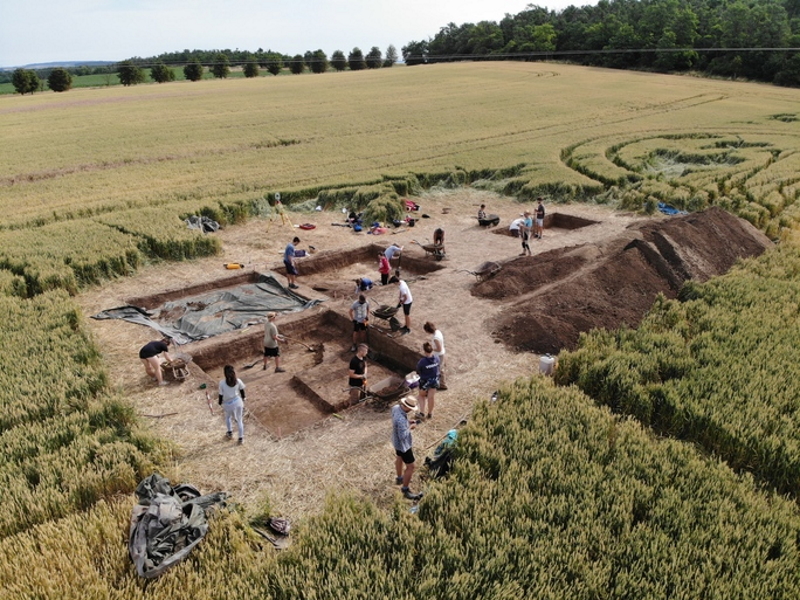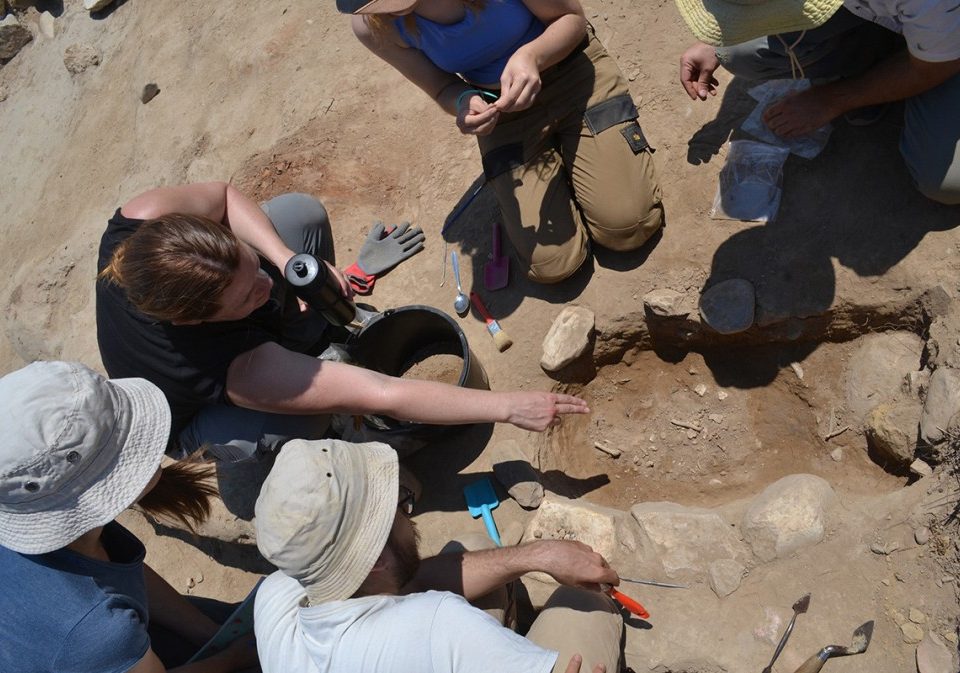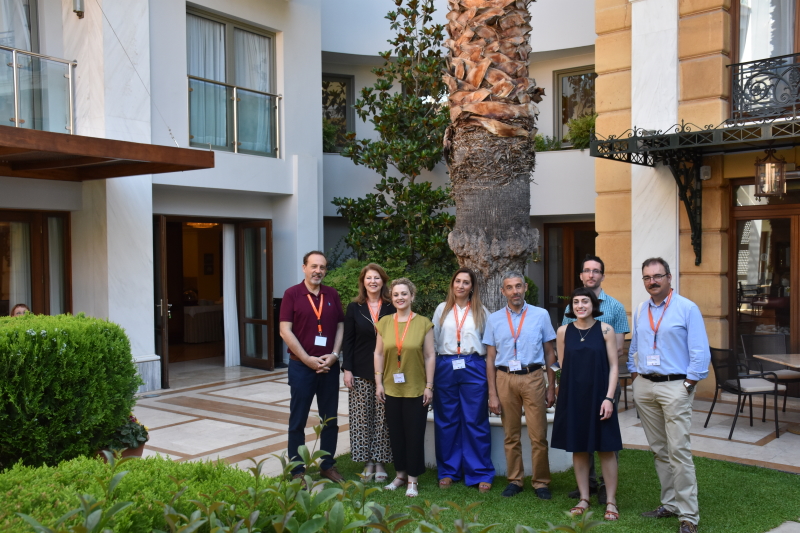Reconstruction of activities in the Neolithic settlement on the example of the site Těšetice-Kyjovice (Czech Republic)
During the Neolithic (5500-4500 BC), there was a radical change in subsistence strategies, which affected the daily activities of humans. These changes can be observed in a settlement with a household as a primary economic and social unit.
The excavation conducted during June and July 2021 has two levels. At the settlement level, we aim to verify the hypothesis that the size of houses reflects the food habits of individual households, which ultimately makes it possible to reconstruct the structure of society. At the level of households, we model their activity based on the structure of the settlement waste. The research goals are gradually fulfilled by combining several methods, especially non-destructive research, archaeological research, interdisciplinary cooperation in the analysis of samples, and GIS (spatial analysis).
The vast majority of settlement waste comes from construction pits. Based on the least physiological effort theory, we assume that the waste areas were located near the household's communications and areas of activity. The research is still in its infancy, but preliminary results based on the structure of microartifacts, the concentration of elements (especially phosphorus and potassium), and magnetic susceptibility have made it possible to specify the functional division of the interior of the house.
We are studying the food patterns of individual households based on the composition of animal bones, archaeobotanical material, the study of organic traces on ceramics and the lithics collection.




